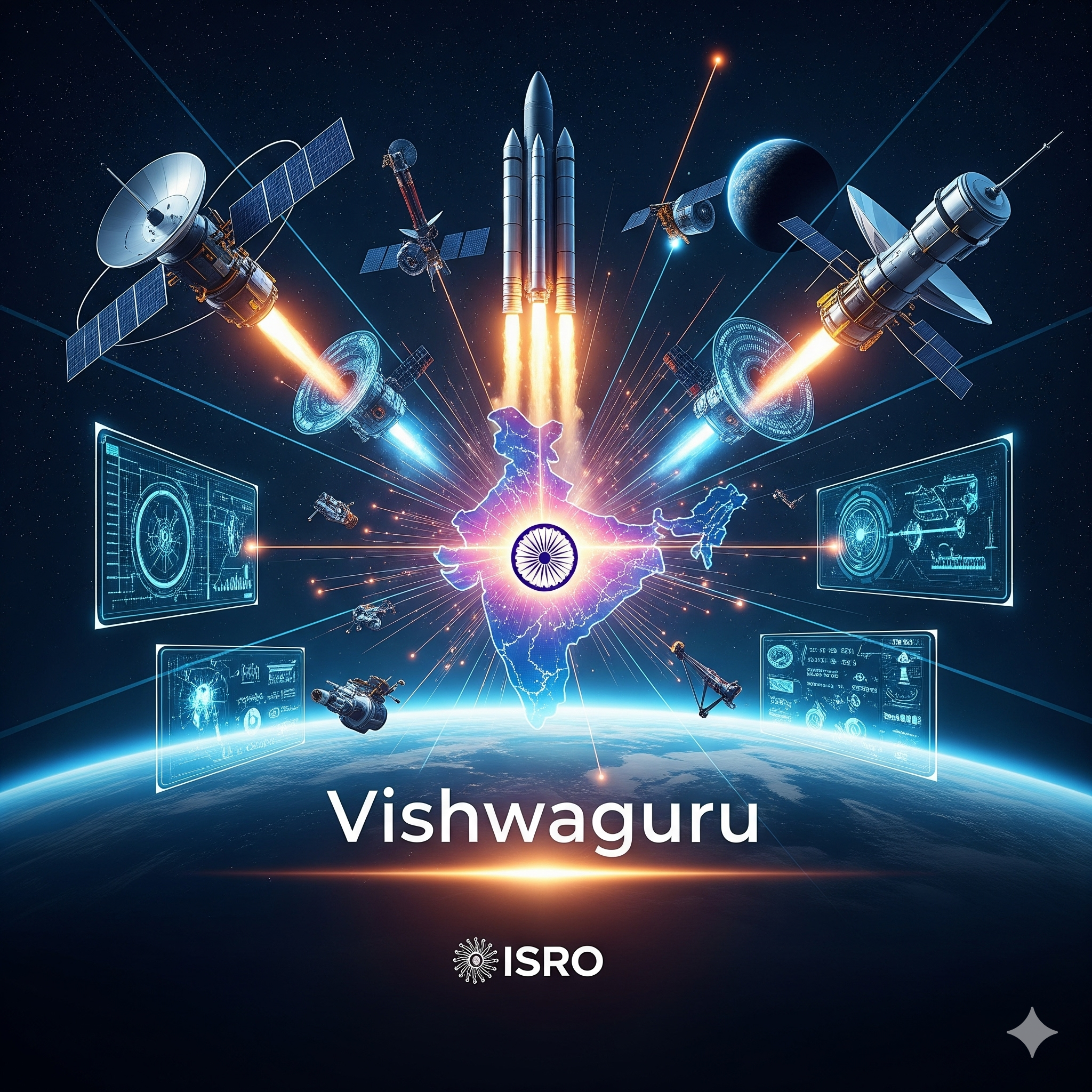Introduction
In the rapidly evolving digital landscape, computing paradigms play a crucial role in shaping how data is processed, stored, and utilized. Two of the most prominent computing models in today’s technology ecosystem are Edge Computing and Cloud Computing. While cloud computing has been the dominant architecture for data storage and processing for over a decade, edge computing has emerged as a significant alternative, especially with the rise of Internet of Things (IoT) devices and real-time data processing requirements.
This essay explores the fundamental concepts, differences, advantages, limitations, and use cases of both computing models. It also examines how they can complement each other in modern IT infrastructure and future technological advancements.
Understanding Cloud Computing
Cloud computing is a centralized computing model where data storage, processing, and management occur in remote data centers operated by cloud service providers. Users can access cloud-based resources over the internet, eliminating the need for on-premises infrastructure.
Key Characteristics of Cloud Computing
- Scalability – Cloud services offer elastic scaling, allowing businesses to expand or reduce resources as needed.
- Resource Pooling – Multiple users share a pool of computing resources through virtualization.
- On-Demand Access – Cloud computing provides services like Infrastructure as a Service (IaaS), Platform as a Service (PaaS), and Software as a Service (SaaS).
- Cost Efficiency – Businesses pay only for the resources they use, reducing capital expenditure on hardware.
- Remote Accessibility – Users can access cloud resources from anywhere via an internet connection.
- Security and Compliance – Cloud providers implement security measures and comply with industry regulations to protect data.
Advantages of Cloud Computing
- High Availability: Cloud services are designed for reliability, with multiple data centers ensuring uptime.
- Reduced IT Complexity: Businesses do not need to manage physical infrastructure, reducing IT workload.
- Global Reach: Cloud computing allows businesses to deploy applications and services worldwide.
- Disaster Recovery: Cloud-based backups ensure data protection and recovery in case of system failures.
Limitations of Cloud Computing
- Latency Issues: Since data is processed in remote locations, latency can be a concern for real-time applications.
- Dependence on Internet Connectivity: Cloud services require stable and high-speed internet for optimal performance.
- Security Concerns: Although cloud providers implement security measures, data stored in the cloud can still be vulnerable to cyber threats.
Understanding Edge Computing
Edge computing is a decentralized computing model where data processing occurs closer to the data source, such as IoT devices, sensors, or local servers. Instead of sending all data to a centralized cloud, edge computing processes data at or near the “edge” of the network, reducing latency and bandwidth usage.
Key Characteristics of Edge Computing
- Decentralized Processing – Unlike cloud computing, edge computing processes data closer to where it is generated.
- Low Latency – By minimizing the distance between data generation and processing, edge computing significantly reduces response times.
- Bandwidth Efficiency – Less data needs to be transmitted to the cloud, reducing bandwidth costs.
- Increased Security – Sensitive data can be processed locally, reducing exposure to cloud-based security threats.
- Offline Capability – Edge devices can operate independently without requiring continuous internet access.
Advantages of Edge Computing
- Faster Data Processing: Ideal for applications requiring real-time data analysis.
- Reduced Cloud Dependency: Minimizes the need to transmit large amounts of data to cloud servers.
- Improved Security: Data stays within local environments, reducing vulnerabilities associated with cloud storage.
- Greater Reliability: Edge computing ensures continued operation even in areas with limited connectivity.
Limitations of Edge Computing
- Complex Deployment: Managing multiple edge devices and locations can be challenging.
- Limited Computational Resources: Edge devices have lower processing power compared to cloud data centers.
- Higher Maintenance Costs: Edge infrastructure requires ongoing maintenance and updates across distributed locations.

Comparative Analysis: Cloud Computing vs. Edge Computing
| Feature | Cloud Computing | Edge Computing |
|---|---|---|
| Data Processing Location | Centralized (Remote Data Centers) | Decentralized (Near Data Source) |
| Latency | Higher due to data traveling to the cloud | Lower as processing happens closer to the source |
| Bandwidth Usage | High, as large data volumes are transmitted to the cloud | Lower, since data is processed locally |
| Scalability | Highly scalable with elastic resources | Limited scalability compared to cloud data centers |
| Security | Depends on cloud provider security measures | Can offer better security by keeping data local |
| Connectivity Dependence | Requires stable internet for optimal performance | Can function with limited or no internet connectivity |
| Implementation Complexity | Easier to implement with managed cloud services | More complex due to the need for distributed infrastructure |
| Cost Efficiency | Cost-effective for large-scale operations | Higher maintenance cost due to distributed nature |
Use Cases of Cloud Computing
- Enterprise Applications: Businesses use cloud computing for CRM, ERP, and office productivity tools.
- Big Data Analytics: Cloud platforms handle large-scale data processing for AI and machine learning applications.
- Web Hosting and Content Delivery: Cloud services power websites, media streaming, and content delivery networks.
- Disaster Recovery and Backup: Cloud storage ensures secure and scalable backup solutions.
- Remote Work Solutions: Cloud computing enables collaboration tools and virtual desktops.
Use Cases of Edge Computing
- Autonomous Vehicles: Edge computing processes data from vehicle sensors in real-time, ensuring quick decision-making.
- Industrial IoT (IIoT): Manufacturing plants use edge computing for predictive maintenance and automation.
- Healthcare Monitoring: Wearable devices analyze patient data locally to provide real-time health insights.
- Smart Cities: Traffic management, surveillance, and energy grid optimization rely on edge computing.
- Retail and Smart Stores: Edge computing enables cashier-less checkouts and personalized customer experiences.

The Future of Computing: Hybrid Approach
Rather than viewing cloud and edge computing as competing paradigms, businesses are increasingly adopting a hybrid approach, where both technologies complement each other. In a hybrid model:
- Critical real-time data is processed at the edge to minimize latency.
- Large-scale analytics and storage are handled in the cloud.
- AI models can be trained in the cloud and deployed at the edge for efficient operations.
Cloud computing will continue to be the backbone of large-scale data processing, while edge computing will expand in applications where speed and localized processing are essential.
Conclusion
Cloud computing and edge computing serve different purposes, each with unique strengths and limitations. While cloud computing offers scalability, centralized processing, and cost efficiency, edge computing provides real-time responsiveness, reduced bandwidth usage, and improved security. The choice between these models depends on specific application needs, infrastructure requirements, and business goals.
With increasing advancements in AI, IoT, and 5G networks, both cloud and edge computing will continue to evolve. Organizations that strategically integrate both technologies can harness the best of both worlds, optimizing performance, security, and efficiency in the digital age.





independently without requiring continuous internet access?